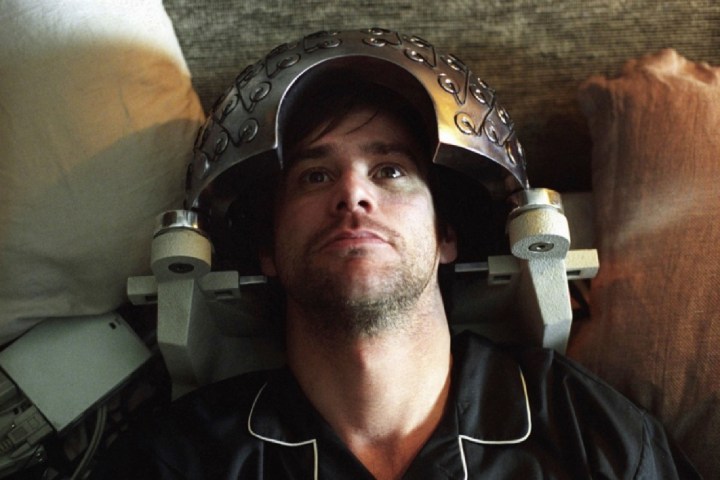
That’s a question a team of neuroscientists from the U.K., Japan, and the United States have been attempting to answer. They’ve developed a tentative technique with real time brain-scanning technology and AI pattern recognition tools that can monitor fear-memory activity in the brain and replace it with positive feelings.
“We’re trying to find methods of changing brain activity in smart and non-invasive ways,” Dr. Ben Seymour, a member of the University of Cambridge’s Engineering Department, told Digital Trends. “Our target in this case was phobias or fear memories. Usually people are treated for these with confrontational therapy where you’re made to re-live or confront the thing which is the source of your fear. The problem with this is that it’s unpleasant to go through, and you have to go through it repeatedly. We wanted to come up with a way that would reduce or even remove a fear memory without you having to be aware of it.”
In their study, Dr. Seymour and his fellow researchers created a fear memory in 17 subjects by giving them a brief electric shock when they saw a particular image on computer. When this pattern was identified and detected, they then “over-wrote” it by giving subjects a reward in the form of a small amount of money.
The subjects underwent the procedure over three days, and while volunteers were told that the money was a reward based on their brain activity, they didn’t know how. The experiment suggests that memories that were previously associated with painful shocks can be reprogrammed into something positive.
“We wanted to remove a fear memory without you having to be aware of it.”
“One potential hurdle is that the fear memories people have are much more severe than the ones we’ve been dealing with in this work,” he said. “Fears can also be different levels of complexity. Sometimes they can be relatively straightforward, like spiders or snakes, but others — such as flying or heights — are more conceptual. In other words, while it’s relatively straightforward to build an AI decoder for a big colorful image, it’s decidedly more difficult with fear stimuli that are more complex.”
That’s what we were worried about!
Still, it’s an impressive piece of research which could lead to exciting developments in the future.


